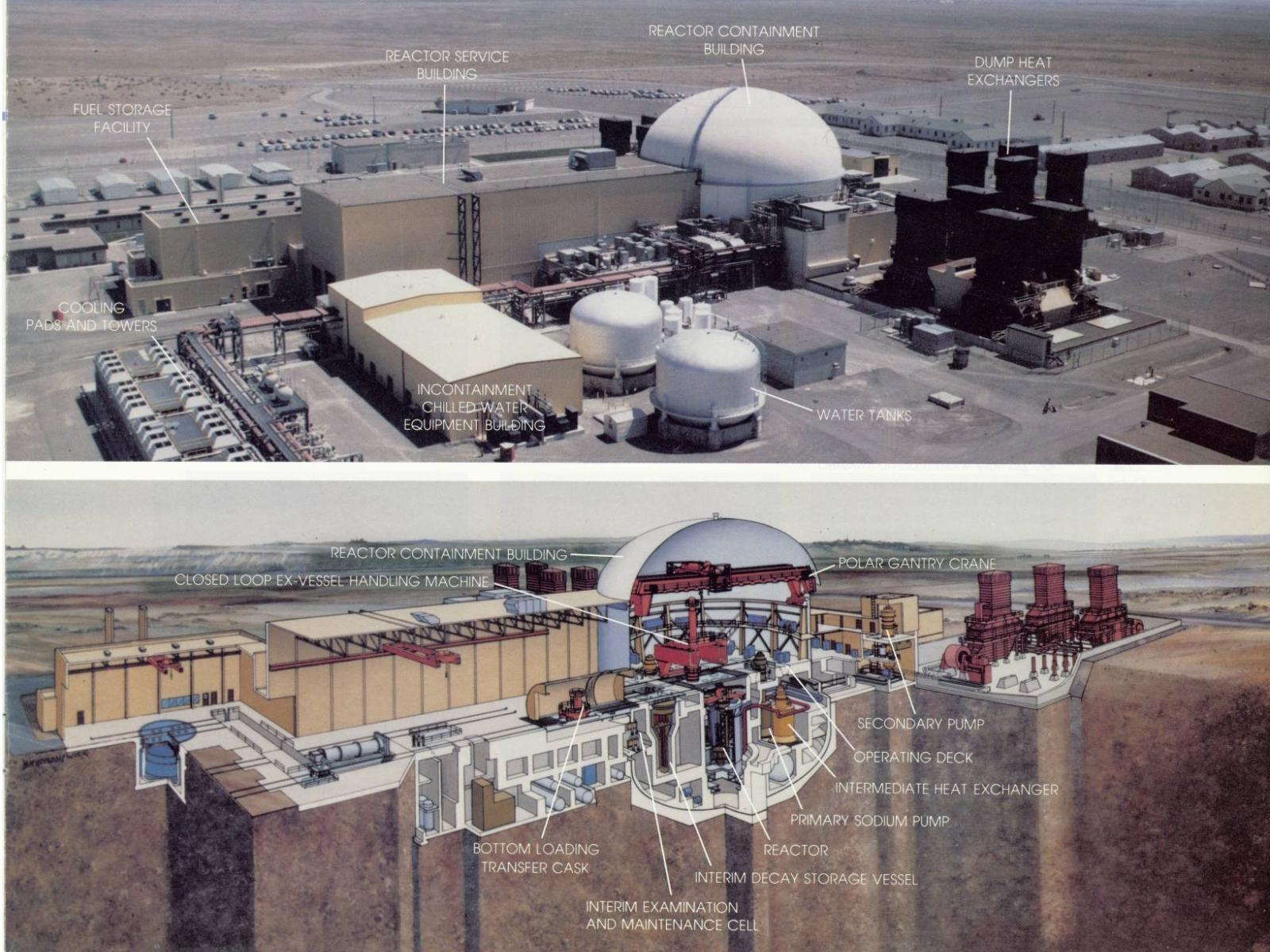Fast Flux Test Facility
Passive Safety Testing and Metal Fuel Irradiation in the Fast Flux Test Facility

Overview
In support of the U.S. Department of Energy, Office of Nuclear Energy (DOE NE) Advanced Reactor Technology (ART) program, Pacific Northwest National Laboratory (PNNL) has been in the process of preserving, protecting, securing, and placing in electronic format documents and plant data that were generated for the Fast Flux Test Facility (FFTF) reactor plant, especially passive safety tests and metal fuel tests [1]. This work has been conducted in phases that are designed to protect valuable documents and data from being destroyed or lost, and to electronically archive the documentation and data for future utilization by reactor designers and safety analysts. Information from the reactor plant has been or will be reviewed by experts within PNNL with established LMR (Liquid Metal Reactor) experience and credentials. Documentation and data useful to DOE NE research activities are being identified and selected for preservation. These documents and data are being or have been moved to a secure location and converted to an electronic format.
A database system has been constructed to store and retrieve FFTF related reports, documents and drawings, and FFTF operational data. The operational data consists of sensor records originally recorded on magnetic tape by FFTF data acquisition systems Some of these 5000+ tapes have been recovered, copied to disk files and converted from binary to ASCII format. In general, tapes retrieved were recorded during:
- Acceptance testing conducted prior to the first operating cycle,
- Passive safety testing
- The first operating cycle
- The last operating cycle
Contents of these tapes have been included in the database system along with software for retrieving, tabulating, listing and plotting the sensor data. Also included in the operational database are summary data for about 500 key sensors for operating cycles when complete data are not available.
Database Structure and Content
There are two major divisions to the database system. Documents and other Information included in these divisions are
- Documents that have been cleared for public release
- Documents, drawings, operational data and other information that have not been cleared
Documents that have been cleared are available on this website. Other information is stored in secured databases. Information available on this website falls into three categories:
- FFTF – general
- Passive safety testing in the FFTF
- Metal fuel test assemblies irradiated in the FFTF (IFR-1 and the MFF series of tests)
In some cases, documents that have been cleared contain copyrighted material (e.g., journal articles). In such cases, links to the publisher are provided, where abstracts and information for obtaining the full papers or documents are typically given.
Information that is maintained on secure sites not available to the general public is oftentimes classified as “official use only, “applied technology” or “export controlled.” Other restricted material has not yet been reviewed for public release. Contact information is included on this website for requesting access to the secured databases.
Information available in the secure databases includes material in the three categories listed above, but also includes operational data recorded by FFTF data acquisition systems, information on other operational tests (e.g., natural circulation testing) and information on test assemblies other than metal fuel. These test assemblies include:
- Fuel Open Test Assemblies (FOTA)
- Absorber Open Test Assembly (AOTA)
- Vibration Open Test Assembly (VOTA)
- Gas Expansion Module (GEM)
- FFTF Series III Metal Fuel
Information on FFTF irradiation tests, especially metal fuel tests includes:
- Test reports
- Test design descriptions
- QA fabrication records
- Irradiation reports
- Post Irradiation Examination (PIE) reports
- Journal articles
- Drawings.
Within the secured databases, there are different access restrictions. Some information is normally available to PNNL employees only. Other information is available to affiliates of DOE labs (including PNNL), and some information is also available to US industry and universities. Qualified personnel can gain access to these databases by contacting database administrators (see the Contact information page).